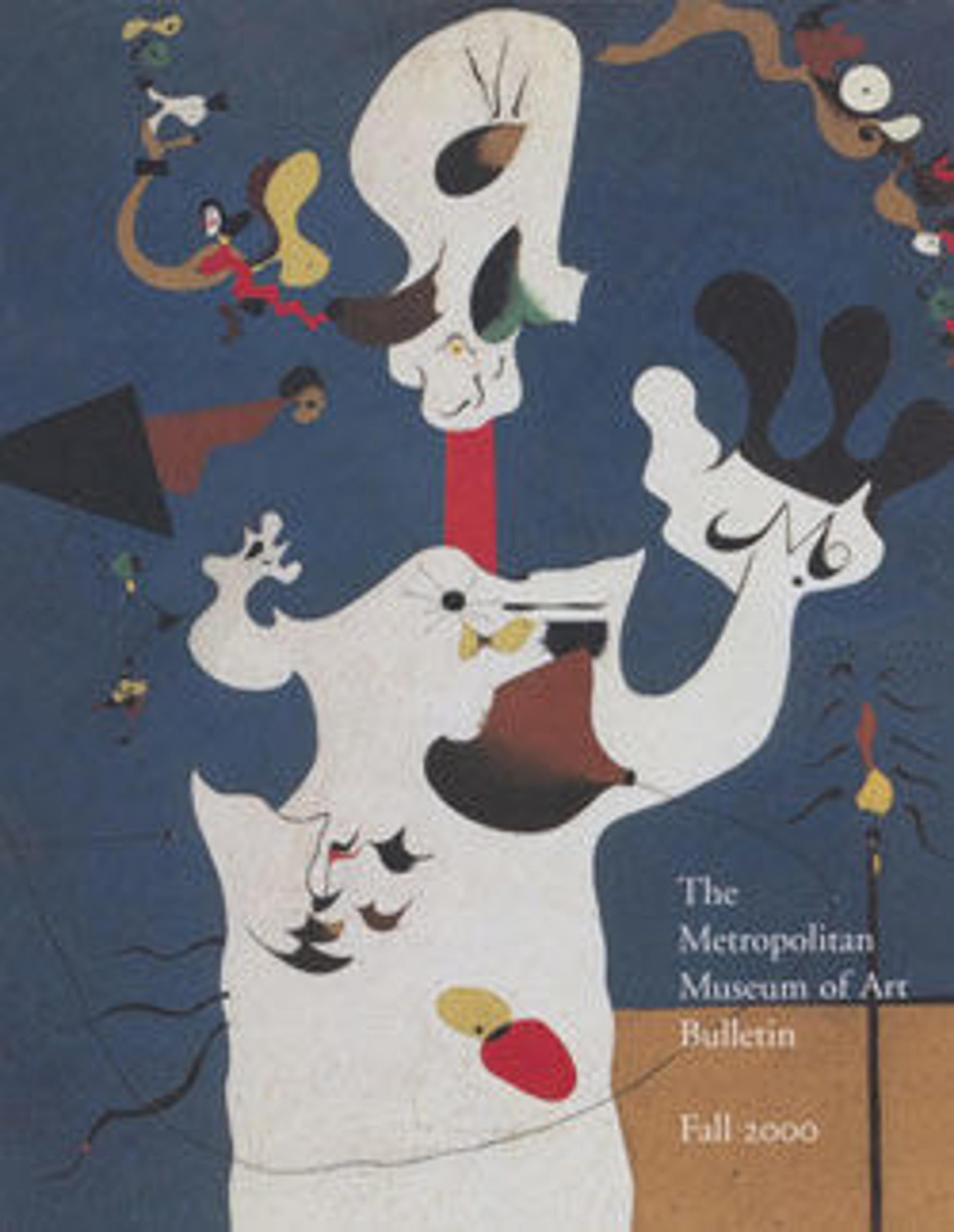Cup with cover with a leather case
Doreck arrived in Mannheim in 1821 from Brunn, Austria. A label in the traveling case of our cup states that he established a workshop as goldsmith and jeweler in the town's center, at "No. 5 / in der breiten Strasse." Here, the master took a simple Neoclassical barrel form and enlivened it with a playful contrast of decorative details and surface effects, such as the light-catching gadroons. The perfectly preserved cup may have been a present to a physician, as indicated by the applied reliefs of Hygeia, the Greek goddess of health, and her father, Asclepius, the god of medicine and healing. It is part of a long evolution of presentation cups from ancient times to the sport and racing trophies of today. The vessel's outline is distinctly German and conveys the elegance of inventions by Karl Friedrich Schinkel (1781–1841), the most influential architect and designer in early nineteenth-century Germany. Other features, however, notably the figural applications, the cone finial, and the leaf-frieze decoration, recall the French Empire style.
Artwork Details
- Title: Cup with cover with a leather case
- Maker: Franz Hubert Doreck (master in 1822–died ca. 1866)
- Date: 1822–30
- Culture: German, Mannheim
- Medium: Silver gilt, leather
- Dimensions: Height: 10 5/8 in., Diameter at foot: 4 1/8 in., Weight: 1.5 lb. (27 x 10.5 cm, 0.68kg); Case: 11 13/16 x 4 3/4 in. (30 x 12 cm)
- Classification: Metalwork-Silver
- Credit Line: Purchase, Friends of European Sculpture and Decorative Arts Gifts, 2000
- Object Number: 2000.61a–d
- Curatorial Department: European Sculpture and Decorative Arts
More Artwork
Research Resources
The Met provides unparalleled resources for research and welcomes an international community of students and scholars. The Met's Open Access API is where creators and researchers can connect to the The Met collection. Open Access data and public domain images are available for unrestricted commercial and noncommercial use without permission or fee.
To request images under copyright and other restrictions, please use this Image Request form.
Feedback
We continue to research and examine historical and cultural context for objects in The Met collection. If you have comments or questions about this object record, please contact us using the form below. The Museum looks forward to receiving your comments.
